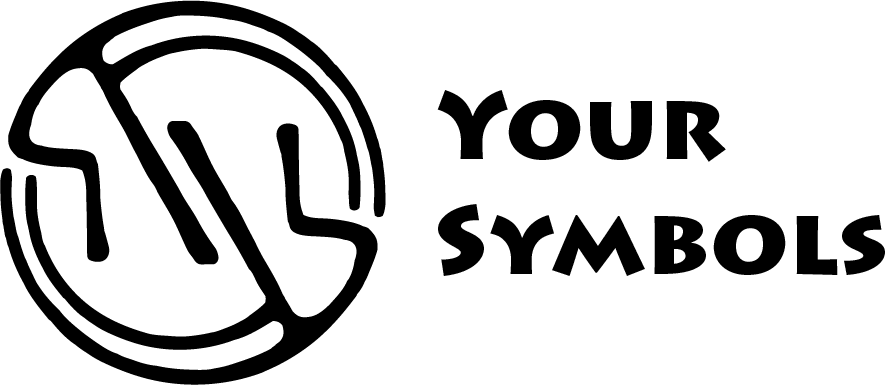Self Compassion Versus Shame
All forms of seeing myself in a positive way, have to do with Self-Compassion notwithstanding my deficiencies, mistakes, and flaws. Self-Compassion is the root of feelings of self-worth. While having a sense of self-worth, doing the right thing is more worthwhile to me. Those who feel worthy as they are, including me, seek out ways to feel more worthy.
All forms of seeing myself in a negative way have to do with carrying shame notwithstanding my qualities, abilities, and inherent value. Shame is the root of self-condemnation. While feeling self-condemned, I am not motivated to do what I know is right. Nobody, including me, has ever shamed and condemned themselves into self-improvement.
When I have Self-Compassion, I discover that recognizing that I’ve done something wrong and want to correct it, is okay and useful to me. Authentic remorse helps me recognize useless shame. My own consciousness comes from the deepest parts of me to instruct other parts of me. It is my wise voice simply helping me to correct my mistakes. Remorse is natural, healthy, and straightforward. It contains seeds of hope that light a pathway for me to see ways in which I can improve, and motivation to do so. Remorse examines my behavior and convinces me, “I know it would be good for me to change this behavior, and I can do it.” Remorse is here to enlighten me. Remorse is self-accountability. Through it and other positive aspects of myself, I can build self-confidence, self-mastery, and self-actualization.
Shame is devoid of Self-Compassion. Shame focuses on deficiencies, mistakes, and flaws. It is feeling bad for who I am. It is beating myself in to the ground for not being everything I think I should be, or always should have been. Shame is destructive and deceitful. It contains seeds of despair that obscure all my paths and convinces me I can never improve sufficiently to be acceptable, and therefore I needn't even try. Shame excuses my behavior by convincing me, “I can’t help it, it’s who I am.” Shame is here to judge me. Shame is self-blame. While existing through me, it builds self-doubt, self-loathing, and self-despair.
Overcoming Self Condemnation
Self-Compassion destroys self-condemnation. Self-Compassion shows me I have nothing of which to be falsely ashamed, and that through my authentic internal gauge, I have opportunities to notice how to become who I really want to be. I must be Self-Compassionate to progress in this life…but that is not all…each time I am compassionate toward myself, my compassion for all beings increases. Self-Compassion is a gift to others, not just to myself. To have Self-Compassion is one of the most selfless things I can do. To have Self-Compassion, is to allow the gift that is me, to bless the world.
Indicators for Self-Compassion
- I show an understanding of the value of Self-Compassion.
- I show an understanding of the nature of shame.
- I show an understanding of the nature of self-compassionate elucidating authentic remorse.
- I show signs of letting go of self-blame, self-hatred, self-deprecation, self-loathing, self-doubt.
- I show signs of self-forgiveness, self-appreciation, self-love, self-acknowledgment, self-confidence.
- I show an understanding of the difference between recognizing one has done wrong and the process of seeking to make amends for it, (remorse) and just feeling bad for it (shame.)
Symbols of Self Compassion
Across cultures, various symbols of compassion embody the essence of the same. The universally recognized heart represents our capacity for love and understanding. The shepherd's staff, used by those who care for their flocks, signifies guidance and protection. Even a simple feather can symbolize lightness and gentleness, reminding us to approach others with sensitivity. These symbols of compassion, both literal and figurative, offer a powerful way to express and inspire compassion in the world. They also allow us to become symbols of compassion ourselves.
Wearing Symbols of Compassion
Throughout history, people have adorned themselves with symbols representing their values and beliefs. Wearing a symbol of compassion can be a subtle way to express your care for others and the world around you. It can serve as a reminder to yourself to act with kindness and understanding, and it can open conversations or create a sense of connection with others who share similar values.
The Power of Self-Compassion
This pendant serves as more than just a beautiful piece of jewelry; it's a tangible reminder of the importance of self-compassion. Just as we offer kindness and understanding to loved ones during difficult times, the pendant encourages us to extend the same courtesy to ourselves. Self-compassion fosters a sense of inner peace, reduces stress, and strengthens our resilience. By treating ourselves with gentle understanding, we build stronger relationships with ourselves and those around us. And they may even want to adorn themselves with symbols of self compassion as well.
Wearing Your Heart on Your Sleeve (Literally)
The saying goes, "wear your heart on your sleeve," meaning to express your emotions openly. This pendant takes that concept quite literally! By adorning yourself with this symbol of compassion, you're visibly showcasing your caring nature to the world. It's a subtle yet powerful way to spark conversations, connect with like-minded individuals who share your values, and inspire acts of kindness in others.
A Journey of Growth
Our needs and experiences evolve throughout life, and the symbols that resonate with us may change as well. Perhaps in the beginning of a new venture, the shepherd's staff, symbolizing guidance and protection, offers a sense of security. Later, navigating challenging relationships might call for the feather's reminder of gentleness and understanding. These diverse symbols of compassion, both the literal pendant and the figurative ones we encounter in life, act as guideposts on our ongoing journey of growth.





